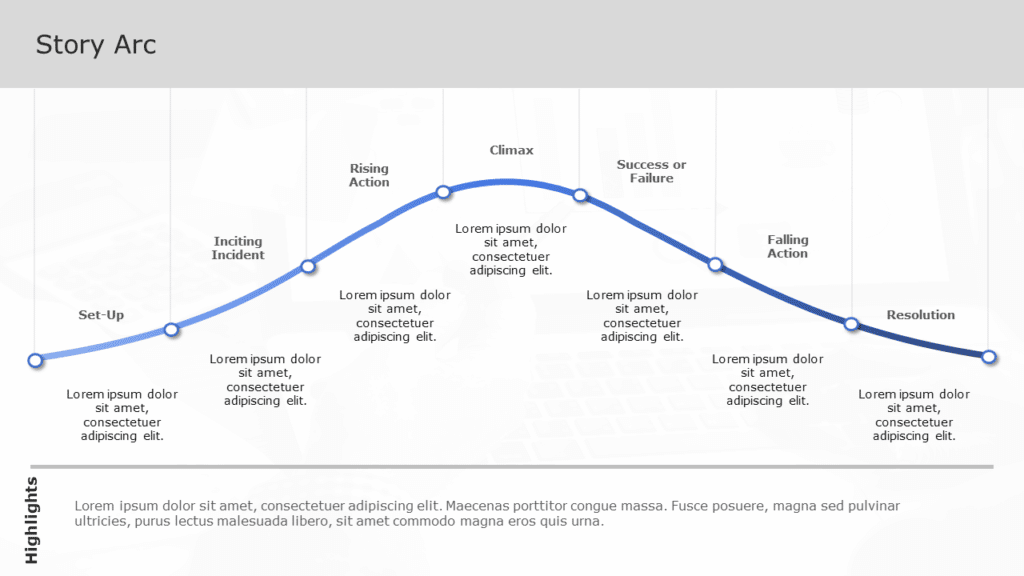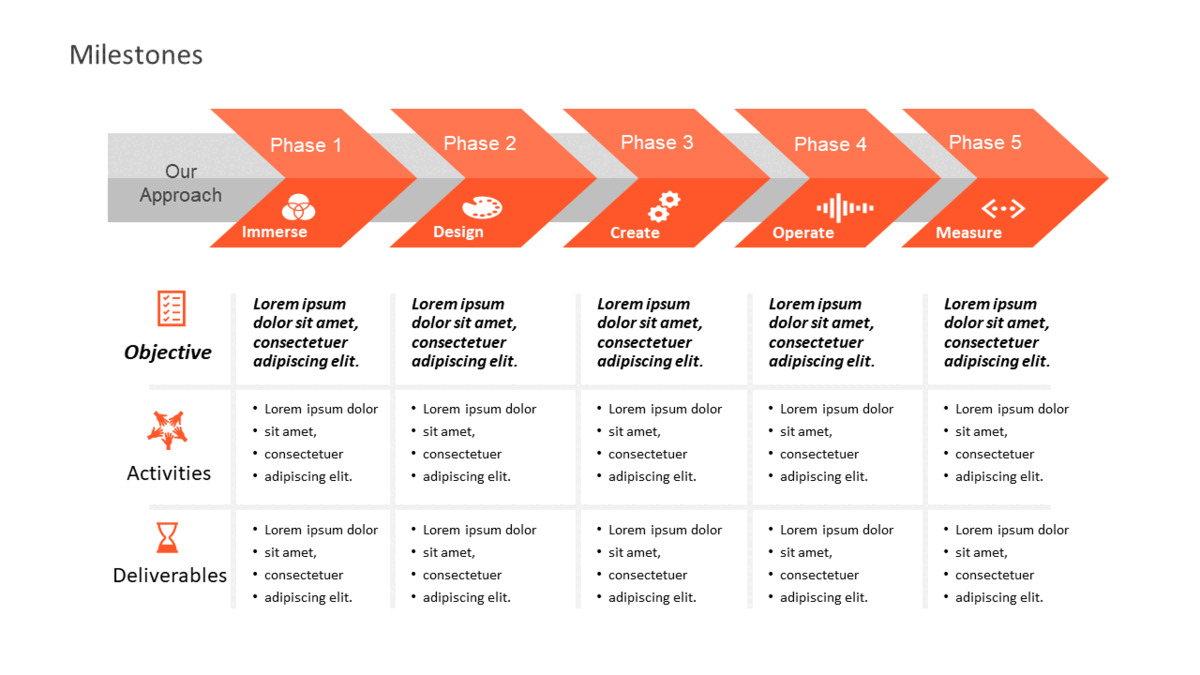A time-honored strategy- storytelling, has been used for centuries to help people comprehend various events and concepts. The art of stories has been handed down from generation to generation. According to research, humans are deeply wired to stories, so it’s no surprise that it’s pervasive across myriad cultures and geographies.
In fact, neuroscientist, Uri Hasson, conducted an FMRI study and concluded that storytelling causes the whole internal neural network of an audience to come in sync with the storyteller’s brain. Crazy, right?
This means that their brain is experiencing the same activity as the presenter’s in real-time. As you might imagine, this represents a massive, often under-tapped opportunity to influence people’s minds.
Storytelling has many benefits, including relatability, attentiveness, evoking emotion, creating high impact, developing anticipation, and being memorable.
Businesses have begun to create stories based on the theme of their presentation to engage their audience better. When presenting to a live audience, remember that you’re selling your story, not your product.
What Is Business Storytelling?
If storytelling is about utilizing a story to connect emotionally with your audience, business storytelling connects that well-defined story to your business goals.
However, you do not have to be an entrepreneur or a well-known CEO to begin sharing fascinating experiences. In business, everyone can profit from storytelling. Good stories might help you propose a project, clinch sales agreements, or enthuse your team about one of your ideas.
How Does Storytelling Work?
Whatever form of presentation you’re working on – sales decks, status updates, business strategies, data discoveries, or project proposals – the goal is to influence a decision.
And here is when the narrative comes into play! Stories appeal to your emotions, while facts appeal to your rational side. Do you recall the last time a movie or book moved you?
Well-crafted stories put you in the shoes of the characters, and you begin to comprehend their problems as if they were your own. This is referred to as empathy.
The same thing can happen in business. Storytelling allows your audience to connect with the challenges or concerns you’re addressing.
People are more inclined to accept the ideas and solutions you provide.
We know you’re all curious about how to become a better storyteller, so here are the five most successful tactics for developing narratives for your next business presentation.
Top Notch Strategies To Create Effective Storylines For Your Business Presentations
Now that we’ve established our essential themes let’s look at how to employ narrative in business presentations. These are five approaches for telling a better story, creating interesting presentations, and increasing the impact of your ideas.
1. Craft Dramatic Beginning
The way you begin your presentation is important since it sets the tone for the rest of your story. This means you can skip the long-winded introduction that bores your audience.
Instead, it’s critical to capture their attention right away by describing life as they know it. Your message should be customized for them.
What do they already know about this subject, and do they care?
What effect will it have on them?
The introduction should be personable and address the particular pain issues that your product, service, or company will address later in the presentation.
If you want to begin your presentation with a tale, ensure it is honest, elicits emotion, and establishes trust in the first 60 seconds. Here are a few opening slides ideas for your presentations.
2. Set A Clear Narrative
Your narrative should describe your company’s path, the drama of how it overcame hurdles, how it fills a niche in the industry, and why it is the greatest choice for your target audience when compared to rivals.
Telling your story in chronological sequence, with a distinct beginning, middle, and finish, makes it easier for the audience to recall and repeat the story.
3. Define Your Key Action
The substance of your story lies in the center of your presentation. Everything you say should be related to your core message or a major action you want to take. Your primary argument in a business presentation could be an issue that the audience must overcome—the answer being your solution.
Your story eventually leads to your call to action at the conclusion of the presentation. How is your story supporting the CTA you want to achieve? Define these important ideas and activities early on, and then build your message around them. Here are a few examples of milestone PowerPoint templates that can help you to define your key actions.

Milestones PowerPoint Template
Source: Milestone PowerPoint Templates by SlideUpLift
4. Be Super Specific
It’s evident at this point that the core of storytelling is striking a connection with your audience. Adding details also aids in the creation of an emotionally charged narrative.
You must portray easily relatable personalities, circumstances, and situations. And being detailed is what brings your story’s parts to life.
Keep in mind that your story should engage your audience’s senses. You don’t want folks just nodding agreeably- You want people to FEEL what you’re saying.
5. Close With A Strong Ending
It is just as vital to depart the audience as it is to meet them. Instead of the standard “thank you,” leave them with something more memorable. Drop a daring statistic that your audience will remember long after they’ve left the arena.
And don’t be afraid to surprise them at the conclusion of your narrative with a plot twist. Before leaving them with your CTA, you must encourage them to take action. Make it clear to the audience how much better or easier their lives will be if they use your product or concept. Here are a few ending slide ideas for your presentations.
A few presentation templates depicting the concept of storytelling.

Story Arc
Source: Story Arc Template by SlideUpLift

Story Telling Template
Source: Story Telling Template by SlideUpLift
Check out more storytelling templates.
Wrapping It Up
Telling a compelling story can make or break how your presentation is viewed. Your audience will be more interested, motivated, and likely to remember what you’ve said to them after they’ve left if you follow a clear narrative framework.
Every great presentation includes at least one story. Fortunately, there are several storytelling approaches for corporate presentations that you can use to captivate an audience, influence their viewpoint, and persuade them to act.
The purpose of your slide deck is to convince and direct your audience to a choice. To do this, your slide presentation should have a clear and captivating plot. Examine a unique selection of PowerPoint Templates and Google Slides Templates to assist you in creating convincing corporate presentations.
Looking For Powerpoint Design Agency?
Call Pursho @ 0731-6725516
Telegram Group One Must Follow :
For Startups: https://t.me/daily_business_reads
#Learn #Create #Storylines #Business #Presentations



